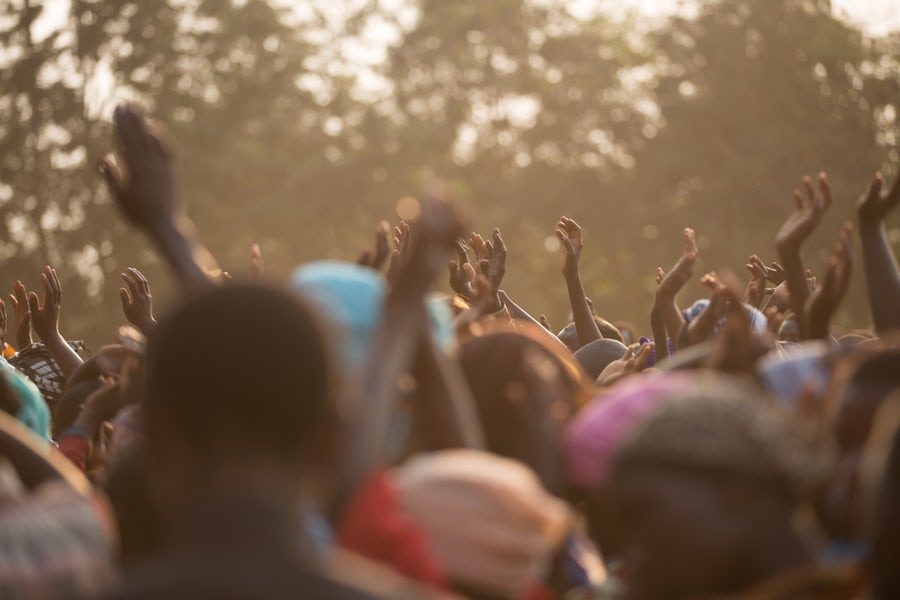Greek authorities are scrambling to house almost 4,000 people who are crammed into an overflowing migrant camp on Samos, as aid groups warn of a “humanitarian disaster”.
Likening Samos to Lesbos, which received more than 1 million people at the height of the refugee crisis in 2015, the country’s migration minister warned of a race against the clock to find suitable accommodation for the growing number of people trapped in a reception centre that is reportedly six times over capacity.
Samos lies barely one mile from the Turkish coast. Its popularity means the camp is very overcrowded and this has put a strain on resources. According to the UNHCR, the UN refugee agency, more than 1,500 people are now living in unheated tents and shelters outside the main centre. Sanitation problems are rife and security tenuous. An estimated 24% of those living in the camp are children, of whom 229 are reported as unaccompanied. The camp also has only one state-appointed medic which compounds the situation as doctors are increasingly needed to determine severity of cases.
Conditions are so dire that more than 500 African migrants marched into the capital town Vathy demanding better conditions last month. The local population are also unhappy with the camp and staged a 24-hour strike as an appeal for action by central government. Xenophobic attacks and racism are also on the increase.
Despite the season and less-than-ideal weather conditions, migratory flows to Greece have not slowed or stopped over the winter. In contrast to Italy, where there has been a significant fall in sea arrivals, UN figures show the number of persons reaching Greek shores jumped from 36,310 to 50,511 between 2017 and 2018, while in 2018 arrivals by land across the nation’s border with Turkey rose by 284%. As a result, Greek authorities are rushing to add two more transit camps to the 26 refugee accommodation centres on the mainland.




